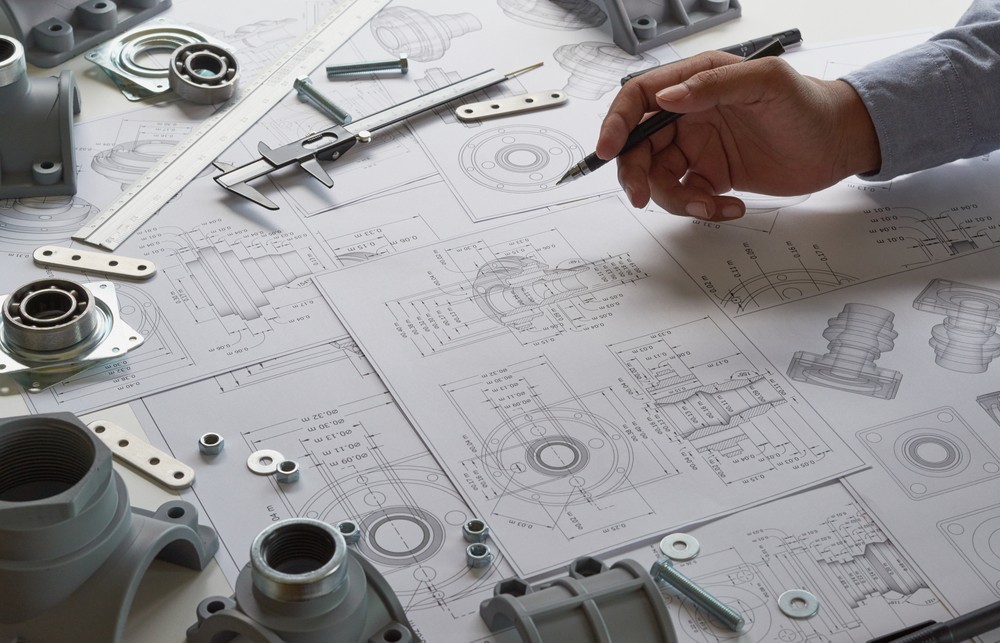Smart Obsolescence Can Help You Manage Electronic Waste

In manufacturing, sustainability is about more than efficient production. It also means managing waste, particularly electronic waste, for minimal environmental impact. Technology moves at a rapid pace, and the machinery used in factories is a uniquely damaging source of e-waste. When a part or component breaks, replacing it may not be as simple as it once was because equipment that’s only a few years old could already be outdated or obsolete.
In other words, instead of replacing a single component, you may need to replace the whole machine. And if your peripheral equipment is not compatible with your new machine, it’s a whole other round of new purchases — and a whole lot of e-waste.
An effective obsolescence strategy can minimize e-waste, save your company money, and preserve the impact of your other sustainability efforts.
Equipment obsolescence
When developing an obsolescence strategy, it’s important to understand the different types of obsolescence. They include:
- Functional obsolescence. New manufacturer needs render a piece of equipment obsolete.
- Economic obsolescence. It’s cheaper for a manufacturer to use an alternative piece of equipment.
- Style obsolescence. The style or aesthetic of a part or piece of equipment has become obsolete.
- Legal obsolescence. New regulations make it illegal to use certain parts or equipment.
- Technological obsolescence. Updates in technology render parts or equipment obsolete.

An obsolescence strategy
Keeping obsolete parts and equipment in your facility can be expensive, especially if they’re in need of repair, extensive maintenance, or replacement. Downtime is also a problem with obsolete parts, as it can take a long time to make repairs or find replacements.
Elements of a good obsolescence strategy include:
- Putting together a team. Your team should include individuals to watch for signs of obsolescence and initiate processes to avoid downtime and other issues.
- Managing repairs. Frequent repairs often mean it’s time to replace a part. Save your company money by tracking all machine repairs and replacing parts when necessary.
- Finding a reliable source for parts. As we’ve seen throughout the pandemic, supply chain issues can cause significant downtime and delays, which is why it’s important to buy top-quality parts from a reliable source. Developing a good relationship with one or more trustworthy suppliers helps ensure you can obtain new parts to replace any obsolete ones.
- Reviewing your strategy. Manufacturing needs change over time, which makes it essential to routinely review and update your obsolescence strategy.
The main benefits of a good obsolescence strategy include long-term savings and reduced unplanned downtime. Use these tips to develop an obsolescence strategy for your company.

Start developing your obsolescence strategy today
A comprehensive obsolescence strategy saves money and reduces the need for constant repair and maintenance. But developing an effective — and sustainable — obsolescence strategy also takes time and research, which is why it’s good to have an expert on your side. Consider partnering with an expert to develop an obsolescence strategy specific to your company’s needs.